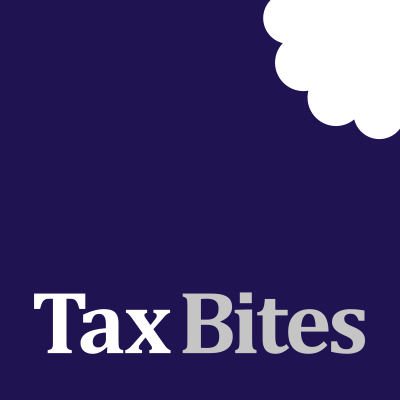
IHT cuts and can they be relied on?
20th November 2023
Posted in Articles, IHT by Andrew Marr
Rumours are flying about in the media around inheritance tax (IHT) cuts which are set to be announced by Jeremy Hunt on Wednesday. Although rumours should generally be taken with a pinch of salt, these sort of pre-election press leaks do often come to fruition. Depending on which paper you read there are suggestions that IHT will be halved or that it will be cut from 40% to 30% and the nil rate band (currently at £325,000) will also be increased. These two things are not mutually exclusive because a cut in the rate to 30%, combined with an increase in the nil rate band, could halve the IHT take for the Government. Clearly the very wealthy would prefer a cut in the rate to 20%, rather than a 30% rate coupled with a nil rate band increase. This will take some careful political handling, because with only just over 5% of estates currently paying IHT, this does seem like another tax break for the rich. If you link this with the well-publicised crackdown on benefits, it is easy to foresee Labour painting Hunt as some kind of inverted Robin Hood figure.
There are suggestions that any changes will not be implemented until Spring and there are also strong rumours that this is just an hors d’oevre for a main piece of the Conservative Manifesto which will include the complete abolition of IHT.
What will this really mean?
Currently, the Betfair odds on the Conservatives winning the next General Election are 7.6 and for Labour they are 1.15. Broadly, these suggest that Labour have an 85% chance of winning and the Conservative Party has a 15% chance (there are the Liberal Democrats too, but they are 330-1!). Given these odds and Labour’s likely appetite for overturning any IHT concessions that the Tories put in place, any changes may not be around for long.
However, there may at least be a window of opportunity to improve on some simple IHT planning if the nil rate band is increased. For example, a significant increase in the nil rate band should allow more scope for traditional trust planning where there is an immediate 20% IHT charge on any value that goes in above the nil rate band. I can also see advantages in the fact that trusts will have higher nil rate bands when it comes to considering the quantum of any 10-year charges in the future. It is difficult to see how a Labour Government could tamper with these outcomes, unless they were to impose aggressive retrospective taxation, which is unlikely.
Forbes Dawson view
While an IHT cut would be welcome news for wealthy families, they probably want to hold off on any celebrations until (and if!) the Conservatives win next year’s General Election. After the announcement on 22 November 2023, the race will be on to work out how to lock-in the benefits of any IHT concession that is given, in anticipation of a Conservative defeat. Much of this is likely to relate to movements in the nil rate band. Depending on how the odds move, some punters may want to bet on Labour getting in as a hedge (and at least they have the consolation of any profit on the bet being tax-free!).



